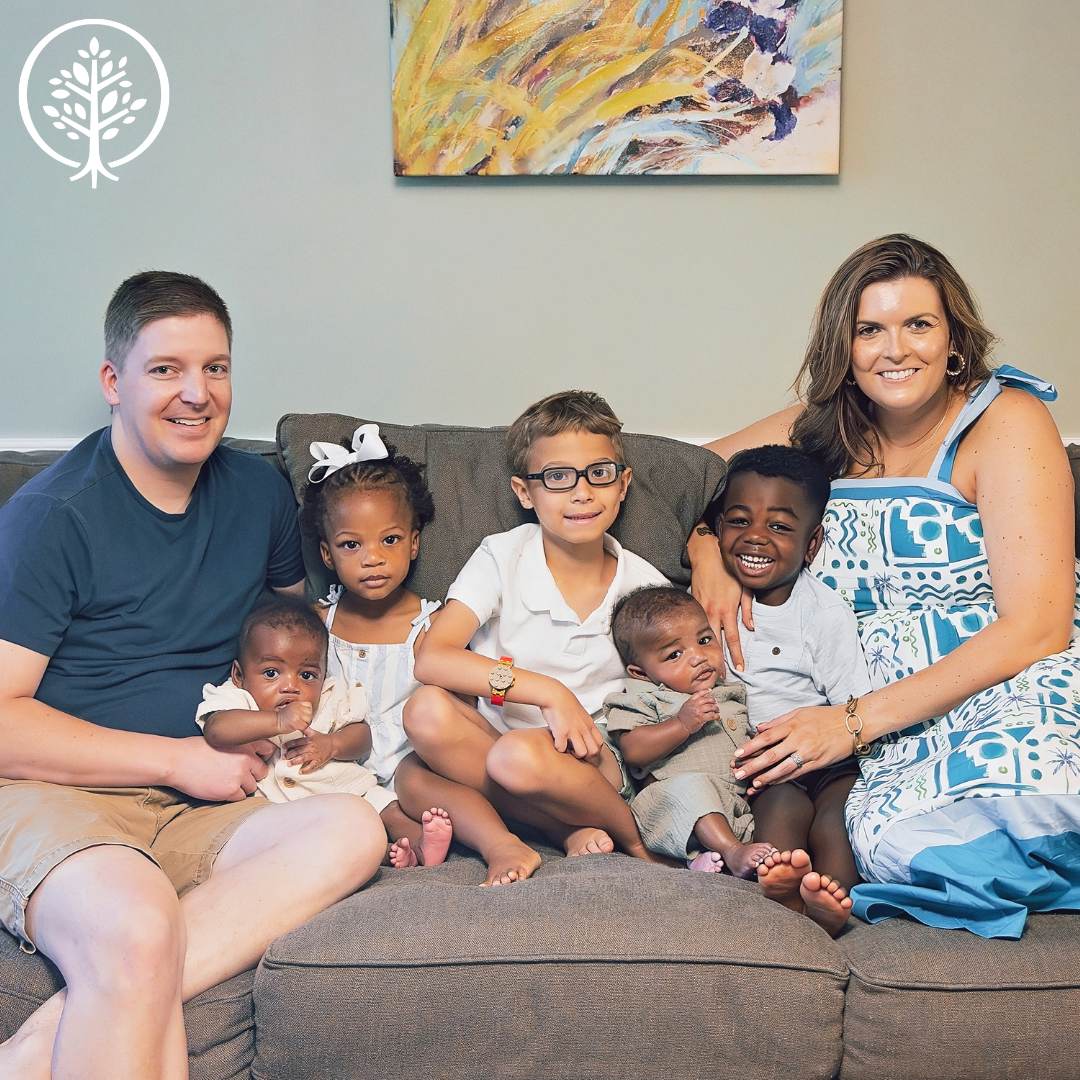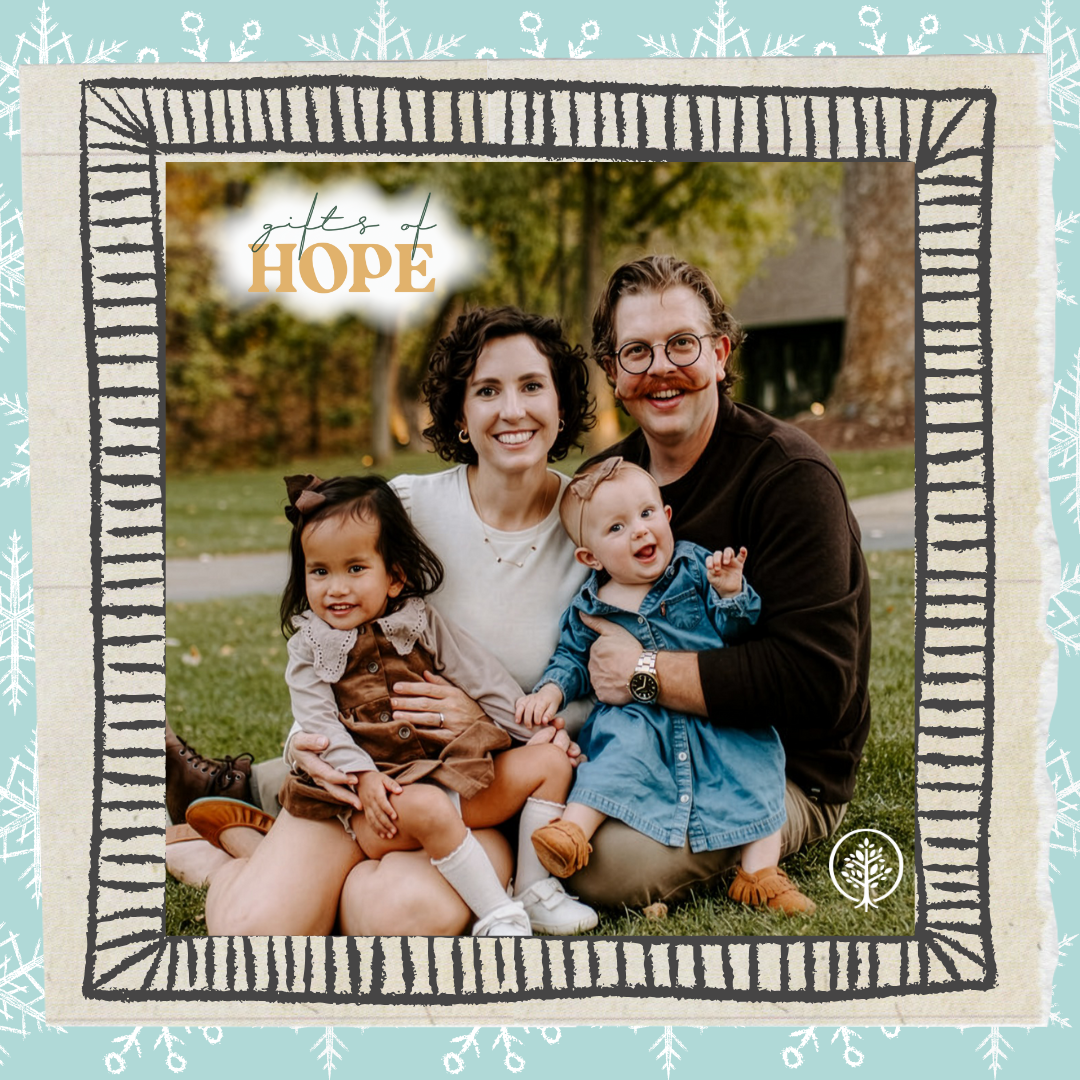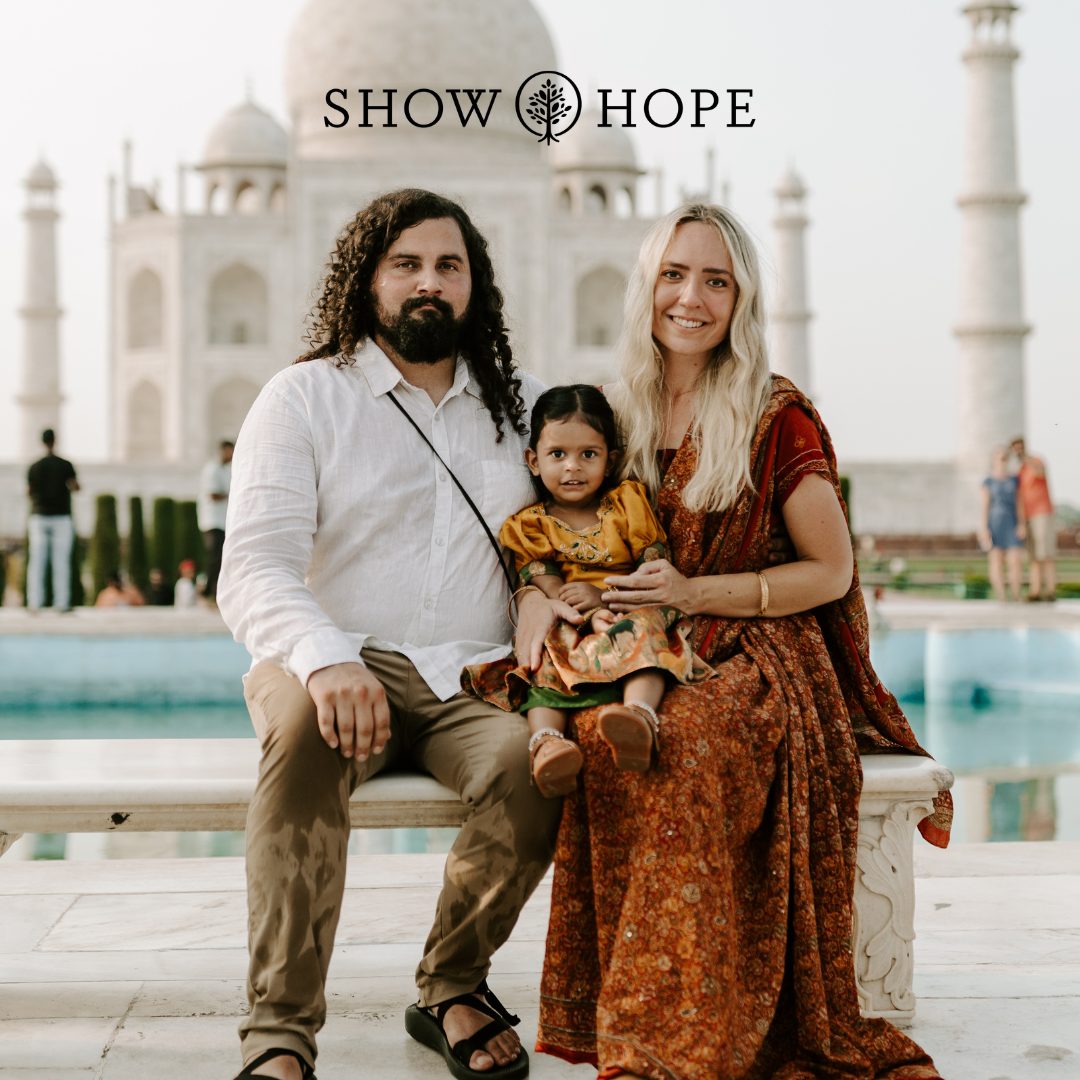How We Share About Children and Their Medical Needs

Whether you are a parent or caregiver impacted by adoption and/or foster care, a church leader or a professional in the child welfare space, or an advocate for children who are vulnerable, we have the opportunity to inspire and educate the larger population with the words and images we choose to describe children. In those words and images, we also have the opportunity to share hope and promote healing. This is true for all children, and it is especially intricate for children and their medical needs.
We know that many children who have been orphaned live with medical needs, with limited access to adequate healthcare. And once home, rising medical costs and access to treatment can be overwhelming for families. With Show Hope’s Medical Care grants, we are working to financially assist families with medical expenses for their children welcomed home through adoption, whether it’s a pre-existing condition or a need that just recently developed. As we strive to reduce the financial and medical barriers to adoption, we also want to honor and dignify children and families through the stories we tell and the words and images we choose to share. We recognize that words have the power to build up and tear down, so in the words we use, the images we share, and the stories we tell, we hold ourselves to the highest of standards, guided by our faith in God the Father, Jesus the Son, and the Holy Spirit.
It is important to approach all conversations around children, adoption, and foster care thoughtfully and carefully, and when it comes to the medical needs of children, the stakes in those conversations are often higher and certainly more delicate. The manner in which we speak can impact the perceptions of those around us, and so it is important that our words preserve, protect, and affirm the inherent dignity and worth of children. We choose to employ people-first language whenever we approach these sensitive subjects. For those unfamiliar, people-first language honors the person and his or her inherent dignity before adding any qualifier or descriptor. For example, we would say “a child with special needs” rather than “a special needs child.” Or we would say “a child who is medically fragile” as opposed to “a medically fragile child.” We also avoid dramatization of a child’s emotions or mental state. Instead of a child “wept with despair,” we would choose to simply say a child cried. We want to portray truth while working to protect the child’s right to his or her own unique perspective or dignity.
In images and videos, we also desire to mobilize and motivate through hope and joy. We want to capture the beauty and worth of a child, not his or her medical challenges or emotional states. We strive to always ask ourselves, How would this child feel about this video when he or she is in high school, college, or young adulthood? Would he or she, one day, be embarrassed or even angry that this image was captured and shared?
As you think more about the words you use to describe a child or the images you share, allow the following questions to guide you.
- Is there any way in which the words or images you share leave a child to shoulder the cost of your efforts—either now or in the future?
- Are you sensationalizing a child’s story for attention or recognition, even if the benefit gained ultimately addresses the needs of the child in some way?
- Would the words or photos used to share about a child—whether a description of his or her life circumstance, needs, physicality, and/or the child’s experience and interactions with the world—be likely to elicit feelings of shame or embarrassment if exposed to an audience of his or her peers in the future?
- Would you want the same things said about you or the same images of you shared?
- Do the words and images you use highlight the child, first and foremost, simply as a child and not inherently defined by his or her circumstances or needs?
Our words have power—now and in the future. It is with words that God spoke creation into existence, and it is a book in which he chose to tell us of his redemption story. So we have an obligation to be careful and thoughtful with how we share the stories of children, particularly those who are already navigating this world with medical needs both big and small. We are not sharing this to guilt or shame you, but it is truly our hope to educate, encourage, and inspire.




